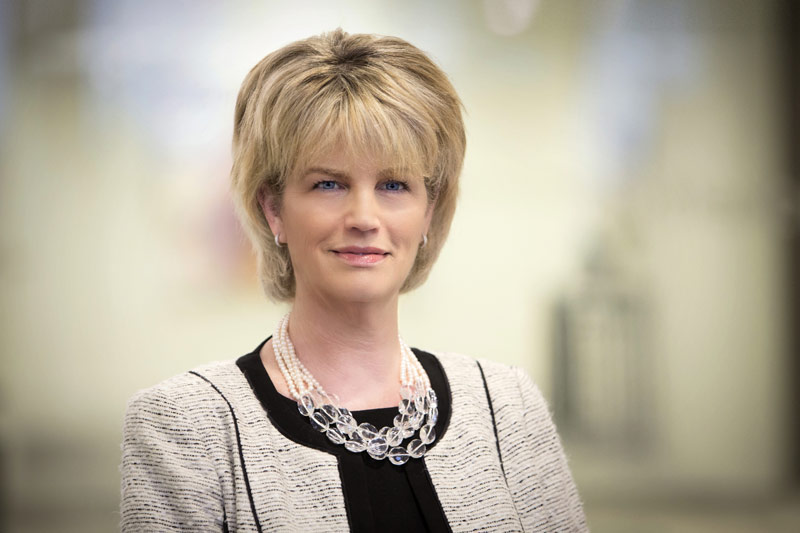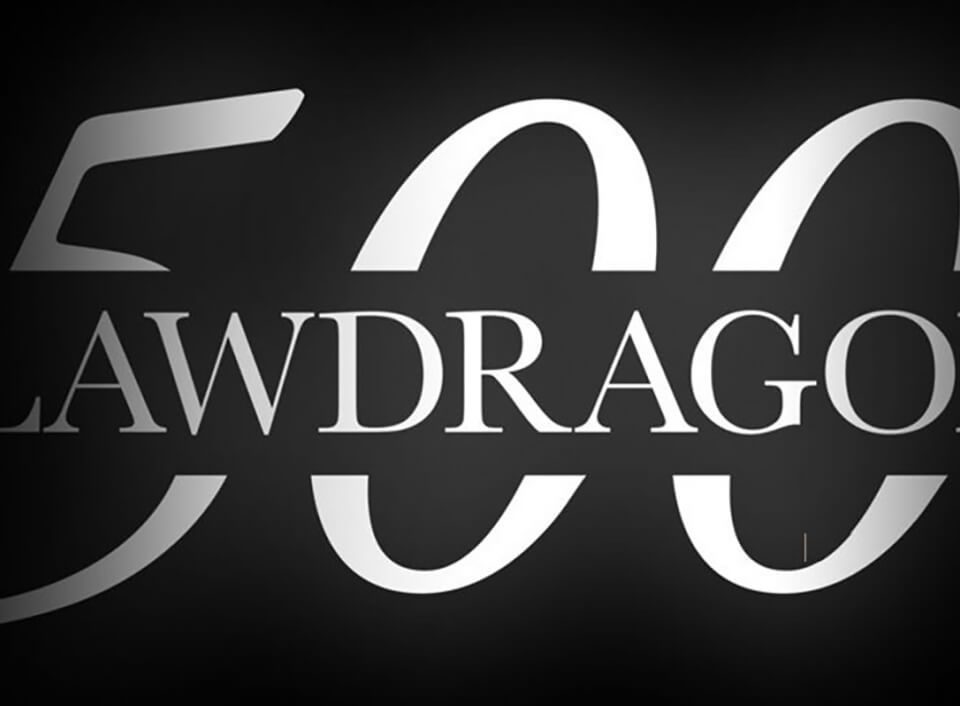This story is part of AIN‘s continuing coverage of the impact of the coronavirus on aviation.
Aviation insurance executives provided a bleak picture of the post-Covid-19 insurance industry during the Aviation Insurance Association (AIA) conference held via online videoconferencing throughout the month of May.
Steve Blakey, president and CEO of Starr Insurance Holdings, cited statistics released by Lloyd’s of London in mid-May that the Covid-19 crisis could result in estimated insurance losses as high as $107 billion, mainly due to event cancellation and business interruption claims, plus another $96 billion from investment losses. While these figures already rival global losses during the 2005 hurricane season, they could rise if the pandemic continues for another quarter or flares up later this year.
“Purportedly, losses to small businesses in the U.S. alone are $250 billion to $325 billion per month,” Blakey said. “The U.S. insurance market capital is $800 billion, and the global reinsurance market has about $600 billion. Clearly, had business interruption been purchased for pandemic coverage across all industries, there wouldn’t be enough capital to pay claims. The insurance industry would be destroyed.”
As many Covid-surviving businesses, including airlines, are now seeking interruption insurance, Blakey predicted that governments around the world will begin working on pandemic-based co-insurance agreements similar to the terrorism risk insurance program. “A passenger surcharge per ticket could be levied to build a pool to respond to airline business interruption cover,” said Blakey. “The revenue can be collected, administered, and insured by industry alongside a substantial government coinsurance or reinsurance. The government is simply unable to keep lumping billions and trillions of dollars to cover the costs.”
Commercial aviation operators have not typically purchased business interruption coverage, nor has it been widely available in the industry, which is one reason aviation has been so hard hit by the Covid-19 crisis. Marco Remiorz, managing partner and attorney at law firm Arnecke Sibeth Dabelstein in Hamburg, Germany, provided a European perspective on the Covid-19 effects on aviation, noting German carrier Lufthansa’s first-quarter loss of €1.2 billion ($1.34 billion), a share price at the lowest since 2009, and the €9 billion bailout package recently approved by the German government, in which the government will take a 20 percent stake in the airline.
“Within 65 days, [Lufthansa] went from having record-breaking results for the last three years in a row to ending up in a situation where they said that they [could not] go on without state aid,” said Remiorz.
Remiorz also provided statistics from an April 2020 survey by the German Aerospace Industries Association showing that 89 percent of member companies “anticipate far-reaching or existence-threatening effects of the Covid-19 crisis,” and approximately 44 percent of the companies are dependent on state or public-sponsored loan programs.
For an industry that had already been running in the red, the pandemic is wreaking havoc on aviation insurance premiums. Blakey noted that worldwide aviation insurance premiums in 2019 were nearly $2 billion, but estimates total 2020 premium dollars to be down about 25 percent due to both a decrease in numbers of aircraft being insured and returning premiums based on the decreased exposure of aircraft sitting rather than flying passengers. The major effect on individual aircraft owners will be a hefty increase in premium rates as the industry tries to maintain its cash flow.
“What we can’t forget is that, while the current claims count is reducing with only 5 percent of airliners flying, as insurers we still have old-year claims developing,” said Andy Trundle, head of Starr Aviation Airline and Aerospace. “From the Boeing Max issue to other claims still developing, we have to manage all of that against the incoming cash flow.”
Trundle also noted that even as thousands of airplanes sit worldwide, claims are still being generated on wind-damaged airframes and engines. “Some of these sites have hundreds of aircraft sitting, and we had some high winds blow cowling off the engines and inflict damage,” Trundle said. “That starts adding up pretty quick, even just removing and inspecting the engines for damage. So there’s going to be losses because of the groundings as well.”
WORKER’S COMPENSATION FOR PILOTS
Stepping away from Covid-19, the conference included topics germane to everyday business. One issue brought up during a panel discussion included worker’s compensation insurance for contract pilots, and who actually covers the pilot if there’s an injury or death on the job.
“Worker’s compensation for pilots gets kind of tricky, especially if you’re dealing with a contract pilot who may not have their own insurance,” said Chris Fostiak, v-p of Hays Companies. “If you have a 1099 contractor flying your airplane who can’t prove that they have insurance coverage via certificate, they would become a de facto and covered employee of the organization.”
Fostiak said that in the U.S. it’s very hard to prove a contract pilot is not an employee because the pilot is “given the equipment to work in, their schedules are set, they’re paid by the organization, and they might even receive some sort of training from that organization as well, which qualifies them as a default W-2 employee.” The panel recommended that companies who do not want to cover pilots under their worker’s compensation insurance to hire pilots who are set up with their own companies paying their own worker’s compensation insurance.
DRY LEASING AND ILLEGAL CHARTER
The AIA devoted two sessions to educating insurers on Part 91 dry leasing and illegal charter issues, as this has been a hot topic for the FAA in recent years.
“The FAA has recognized that this interesting time with the pandemic is definitely going to create the wild, wild West out in the market, and they’re trying to educate owners and pilots on what is right and wrong,” said Ryan Waguespack, senior v-p at the National Air Transportation Association (NATA). “I’m seeing a few flight departments looking for creative ways to use their airplanes with others. If there are two airplanes between two flight departments and two companies, they’re looking for ways to use one [airplane] efficiently.”
Attorney David Norton, partner at Texas-based Shackelford Bowen McKinley & Norton noted there are a few narrow exceptions in the regulations for Part 91 operators to receive compensation for flights without obtaining a commercial certificate: carriage of candidates in federal, state, or local elections (FAR 91.321) and a few situations detailed in FAR 91.501, including demo flights, time-sharing, interchange, and joint-ownership agreements.
“The exception that I use the most is time-sharing,” said Norton. “It’s a great tool for income tax reporting management. If I want to let an employee of the company have access to the airplane and [collect] some reimbursement to help manage [the company’s] income tax, I can do that.”
The FAA requires that aircraft on wet leases—crew provided with the aircraft— operate under a commercial certificate. Hence the popularity of dry leases where just the aircraft is leased without crew. But Norton cautioned that dry leasing programs often come dangerously close to “acting in the nature of a commercial operator,” which requires the aircraft be placed on a Part 135 or other commercial certificate.
“I would assert that there is no such thing as a dry leasing program,” Norton said. If you have a program where any third party can walk in and lease the airplane for a given day, get in the back of the airplane with no clue how the airplane is being maintained or who picked the pilots, and that person paid anything for the flight, you did not transfer operational control. Even if you’re doing it through a lease, that’s a transportation service.”
Illegal charter—flying under Part 91 when the aircraft should be on a Part 135 certificate—can generate substantial civil penalties that start at $33,000 per flight, and potential criminal repercussions for aircraft owners and sometimes their pilots, depending on how much the pilots know about the ownership/leasing structure.
From an insurance standpoint, an illegal charter operation can have unintended consequences if there is an accident. “Any claims organization will review the policy language for adherence to the terms and conditions,” said Jeff Sheets, v-p and general claims manager at AIG Aerospace. “They look at the aviation policy and the purpose of the flight and then ask whether this was a commercial flight or business and pleasure operation? And you really have to have it right because they’re reviewing for any restrictive language such as definitions, exclusions, and insuring agreements.”
Sheets said the blanket pilot warranty—essentially anyone approved by the chief pilot may fly the airplane—is changing to specify pilot qualifications and require history to ensure pilots are meeting minimums.
“The underwriters have always looked at dry leases seriously,” said Sheets. “They’re making sure they know who’s flying their airplanes, who’s in the back seat, and that the owners and operators of these aircraft know as well.”
To combat illegal charter, NATA recently created an online search tool to help consumers, pilots, and aircraft owners determine whether a specific aircraft is registered on a U.S. Part 135 certificate. Located at avoidillegalcharter.com, the “Lookup Charter Operator” feature searches a set of nine cross-linked FAA databases to provide information on the corresponding Part 135 certificate holder for an aircraft. Users who suspect illegal charter is occurring can submit an anonymous report or call the Air Charter Safety Foundation’s hotline at 1-888-759-3581.
Read the full article on www.ainonline.com




